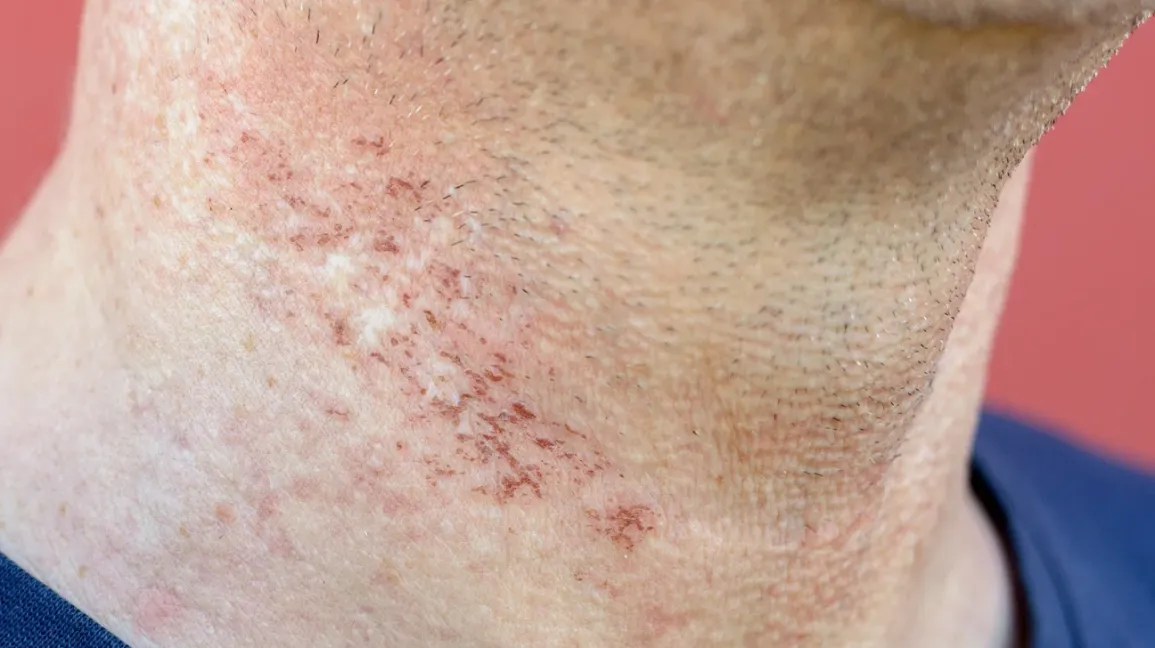Laser Hair Removal Burns: Understanding the Risks and Minimizing Potential Side Effects

Laser hair removal has gained popularity as a long-term solution for unwanted hair. However, like any cosmetic procedure, there are potential risks and side effects associated with laser hair removal, including the risk of burns. In this article, we will explore the topic of laser hair removal burns, their causes, prevention methods, and steps to take if you experience burns during or after treatment.
Understanding Laser Hair Removal Burns:
- Causes of Burns: Laser hair removal burns can occur due to several factors, including incorrect laser settings, improper technique, inadequate cooling of the skin, or sensitivity to the laser treatment. Burns can range from mild to severe, depending on the intensity and duration of exposure to the laser.
- Skin Type and Sensitivity: Different skin types and levels of sensitivity can influence the likelihood of experiencing burns during laser hair removal. Darker skin tones, in particular, are more prone to burns and pigmentation changes due to the higher concentration of melanin in the skin.
- Signs of Burns: Burn injuries from laser hair removal may present with symptoms such as redness, swelling, blistering, or crusting of the treated area. In severe cases, burns can cause pain, scarring, or changes in skin pigmentation.
Prevention and Minimization of Laser Hair Removal Burns:
- Choose a Qualified Provider: Select a reputable and qualified provider for your laser hair removal treatment. Ensure they have proper certification, experience, and a track record of safe procedures.
- Skin Assessment and Patch Test: Before proceeding with laser hair removal, undergo a thorough skin assessment to determine your skin type, sensitivity, and potential risks. A patch test may also be performed to gauge your skin’s reaction to the laser.
- Honesty and Communication: Provide your provider with accurate information about your medical history, any existing skin conditions, medications, or recent sun exposure. Open and honest communication is vital to ensuring the appropriate laser settings and techniques are applied.
- Proper Laser Settings: Ensure that the laser settings are adjusted correctly for your specific skin type and hair color. Improper settings, such as using a higher intensity than necessary, can increase the risk of burns.
- Skin Cooling Measures: Adequate cooling of the skin during the laser hair removal procedure helps minimize the risk of burns. Providers may use cooling devices, gels, or cold air to protect the skin and maintain its temperature.
- Follow Post-Treatment Care: Adhere to the post-treatment care instructions provided by your provider. This may include avoiding sun exposure, using soothing creams or ointments, and refraining from activities that may irritate the treated area.
What to Do if You Experience Laser Hair Removal Burns:
- Seek Medical Attention: If you experience severe burns or significant discomfort after a laser hair removal session, seek medical attention immediately. A healthcare professional can assess the extent of the burns and provide appropriate treatment.
- Document and Report: Take photographs of the affected area as evidence and report the incident to the laser hair removal provider. They should be informed of the burns and any associated symptoms to address your concerns and provide necessary follow-up care.
- Follow Medical Advice: Follow the medical advice provided by the healthcare professional treating your burns. This may include wound care, the application of topical ointments, and avoiding activities that may exacerbate the injury.
While laser hair removal is generally considered a safe procedure, the risk of burns should be acknowledged and addressed. By choosing a qualified provider, undergoing a thorough assessment, and following proper precautions, you can minimize the risk of burns during laser hair removal. In the event that burns do occur, seeking medical attention and communicating with your provider is crucial for appropriate management and care. Remember, an informed approach and open communication are key to ensuring a safe and effective laser hair removal experience.


